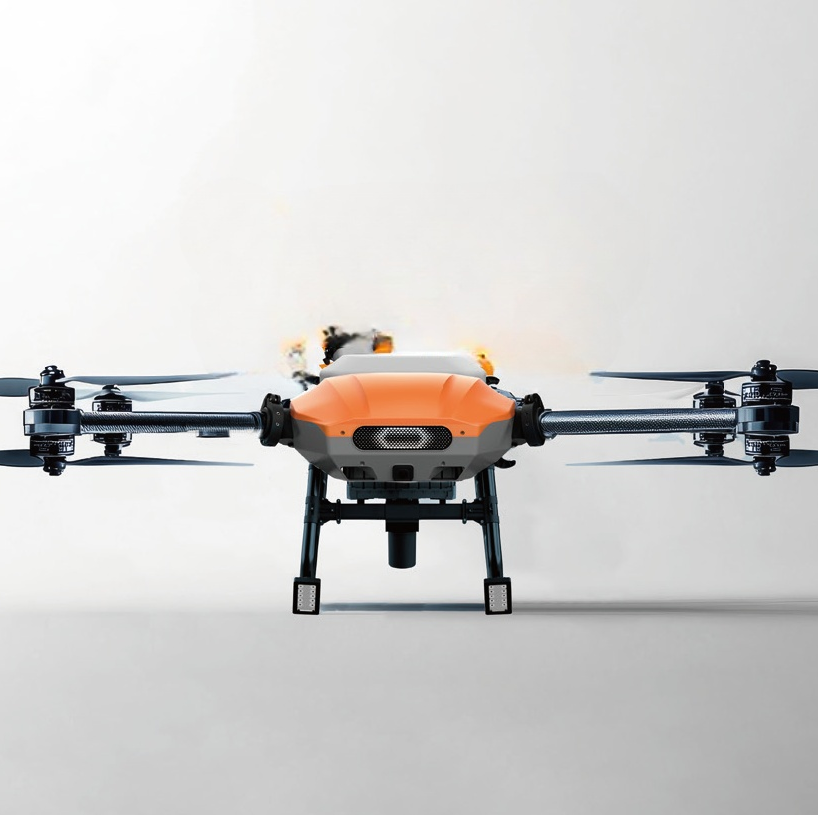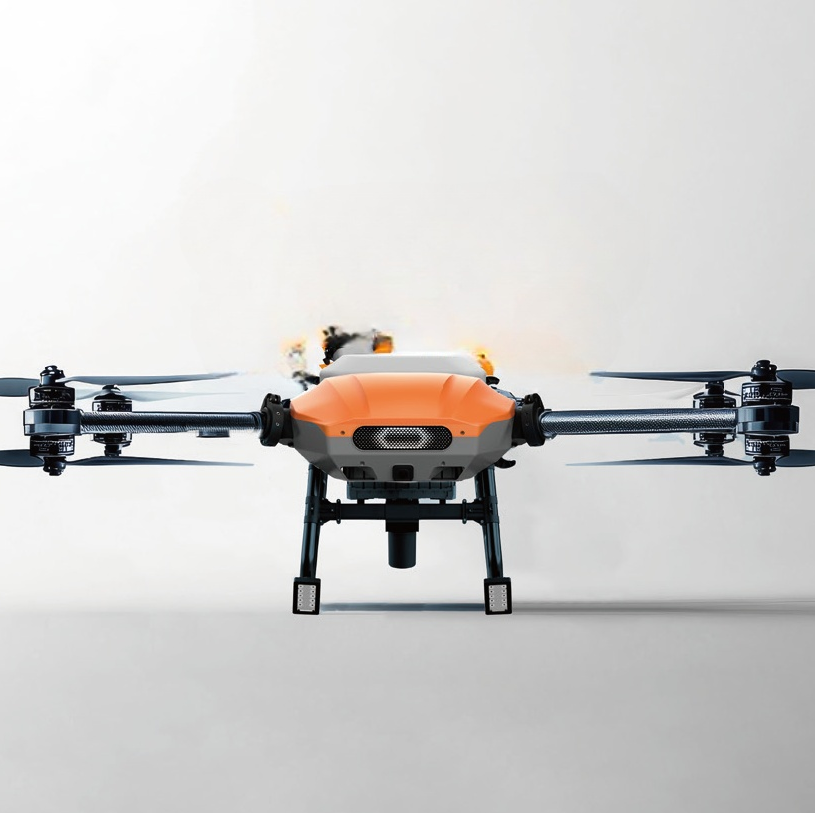Drones, also known as unmanned aerial vehicles (UAVs), are aircraft that operate without a human pilot onboard. They can be remotely controlled or fly autonomously through onboard systems that use GPS, sensors, and artificial intelligence. Below is an overview that covers their definition, uses, characteristics, advantages, and some outstanding modern applications:
What Are Drones?
Drones are flying devices that can be controlled remotely or operate autonomously. They come in various sizes and designs, from small hobbyist models to large industrial or military systems. Their design often includes advanced sensors and onboard processors that help with navigation and task execution.
Uses of Drones
Drones have a broad range of uses across various sectors:
- Aerial Photography & Videography: Capturing stunning aerial images and videos for film production, real estate, and events.
- Agriculture: Monitoring crop health, precision spraying, and mapping farmlands.
- Infrastructure Inspection: Surveying and inspecting bridges, buildings, power lines, and pipelines safely and efficiently.
- Delivery & Logistics: Transporting medical supplies, consumer packages, and emergency equipment.
- Public Safety & Disaster Relief: Assisting in search and rescue missions, monitoring disaster zones, and delivering emergency medical supplies.
- Environmental Monitoring: Tracking wildlife, mapping deforestation, and monitoring pollution levels.
- Military & Defense: Conducting surveillance, reconnaissance, and even carrying out precision strikes in modern warfare.
- Recreation & Racing: Hobby flying and competitive drone racing.
Characteristics and Advantages of Drones
Drones are valued for their unique design and operational capabilities:
- Vertical Takeoff and Landing (VTOL): They can operate in confined spaces without the need for runways.
- Remote & Autonomous Operation: Allowing for flexible control and pre-programmed flight paths.
- Advanced Sensor Integration: Equipped with GPS, gyroscopes, cameras (including thermal and multispectral), and obstacle detection sensors for accurate navigation and data collection.
- Real-Time Data Transmission: They can stream live video and telemetry to ground stations for immediate decision-making.
- Payload Versatility: Drones can carry cameras, sensors, medical supplies, or other small payloads, adapting to different mission requirements.
- Energy Efficiency & Portability: Lightweight yet robust designs enable longer flight times and easy deployment.
- Modular & Customizable: Many drones feature modular components, making them easily upgradeable and adaptable for various tasks.
- AI Integration: Enhanced autonomy through AI allows for complex tasks like object tracking, autonomous navigation, and predictive maintenance.
Outstanding Applications in Modern Society
Drones are making a significant impact in multiple fields:
- Emergency Medical Services: Drone-enhanced EMS deliver Automated External Defibrillators (AEDs) and critical medical supplies quickly to emergency scenes, reducing response times and improving patient outcomes. These systems operate Beyond Visual Line of Sight (BVLOS), reaching areas that traditional ambulances cannot in time.
- Humanitarian Aid & Disaster Relief: In natural disasters, drones provide rapid damage assessment, search and rescue support, and delivery of supplies to inaccessible areas. They were notably used during the Haiti earthquake and Hurricane Maria for damage assessments and delivering aid.
- Agriculture & Environmental Monitoring: By capturing high-resolution images and multispectral data, drones help farmers monitor crop health and optimize fertilizer use. They also assist in environmental conservation efforts, mapping deforestation, and tracking wildlife.
- Infrastructure & Industrial Inspections: Drones can inspect hard-to-reach areas of bridges, power lines, and industrial plants, reducing the need for dangerous manual inspections.
- Public Safety & Law Enforcement: Police forces use drones for surveillance, crowd monitoring, and even as “first responders” in emergencies—enhancing officer safety and operational efficiency.
- Commercial Delivery: With advancements in BVLOS operations, companies are exploring drones for delivering packages and medical supplies, promising faster and more efficient logistics solutions.
In summary, drones are versatile, advanced aerial systems with a wide range of applications that continue to evolve. Their characteristics—such as VTOL capability, remote and autonomous operation, real-time data transmission, and payload versatility—make them indispensable in modern agriculture, emergency response, industrial inspection, and beyond, ensuring they remain at the forefront of technological innovation in society.

